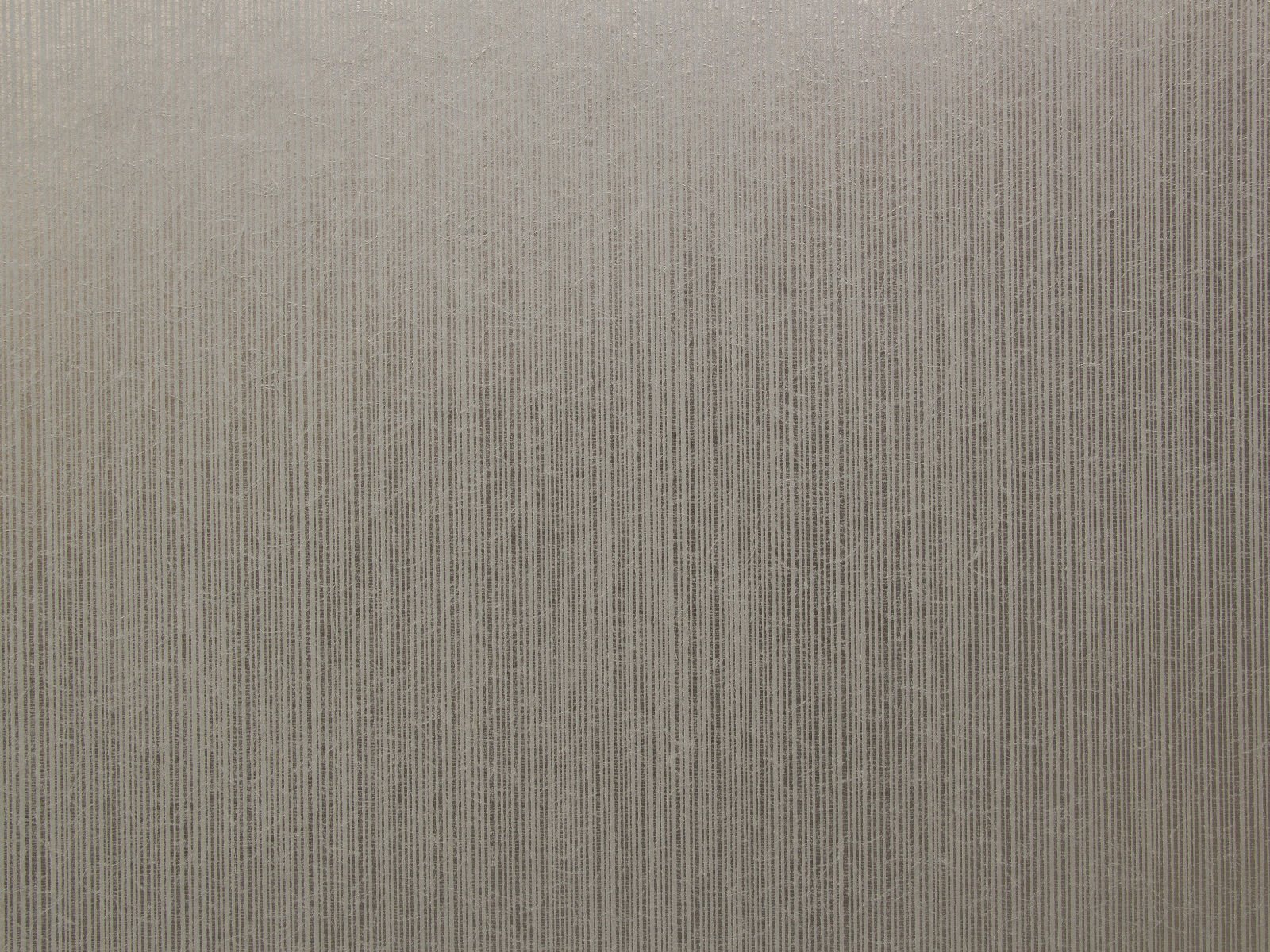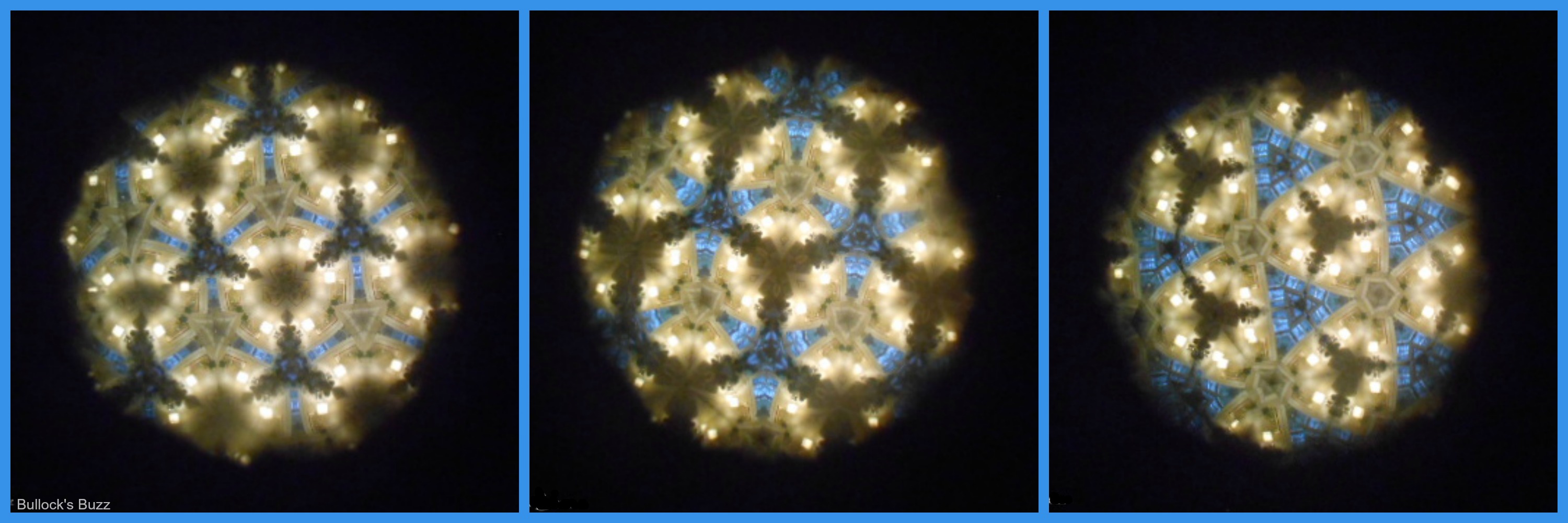
In 1819 Brewster published A Treatise on the Kaleidoscope, in which he presented diagrams of distinct kaleidoscopes-those having two, three, or four mirrors grouped together in the tube-to show how a varied arrangement of mirrors would alter the image. This ingenious device would help Americans understand the power of the imagination in ways that were far removed from the literary sources that had long dominated British understanding of the subject. There, the kaleidoscope seemed an ideal tool to whet one’s appetite for learning. The invention was an instant success, for it provided the perfect tool for understanding the powers of fancy and for demonstrating how light, color, and motion caught the eye and imprinted stunning images in the mind, where they could fuel the creative process.īritish academics were intrigued by the charming images, but the colorful scenes provoked a much stronger response in America.

He called his invention the “kaleidoscope,” from the Greek words for “beautiful image viewer.” Before Brewster could patent his design, competitors had purloined the concept and were selling inexpensive versions of cardboard and mirror plate to passersby on the street. When Brewster peered into the tube, he found that it transformed reality in unimaginable ways. In an early phase of his research, he placed several long mirrors in a narrow brass cylinder to reflect an image as it traveled from its source to the viewer’s eye. It was invented in 1816, quite by accident, during experiments with the polarization and refraction of light by the Scottish physicist Sir David Brewster (1781–1868). The following passage is an excerpt from the essay.įew objects have played a greater role in underscoring the combined power of light, color, and motion than the kaleidoscope.

In 2020, The Huntington published the Becoming America catalog, w hich includes an essay by antiquarian and consultant Sumpter Priddy titled “The Kaleidoscope and the Fancy Style of the Early Republic.” In the essay, Priddy delves into the intellectual origins of the exuberant Fancy style of painted furniture and quilts in the Fielding Collection and the style’s connections to natural philosophy. In 2016, The Huntington opened an addition to the Virginia Steele Scott Galleries of American Art, the Jonathan and Karin Fielding Wing, which features an ongoing exhibition of more than 200 works from the Fieldings’ esteemed collection of 18th- and early 19th-century American paintings, furniture, and related decorative art-some of which are promised gifts to The Huntington.


 0 kommentar(er)
0 kommentar(er)
